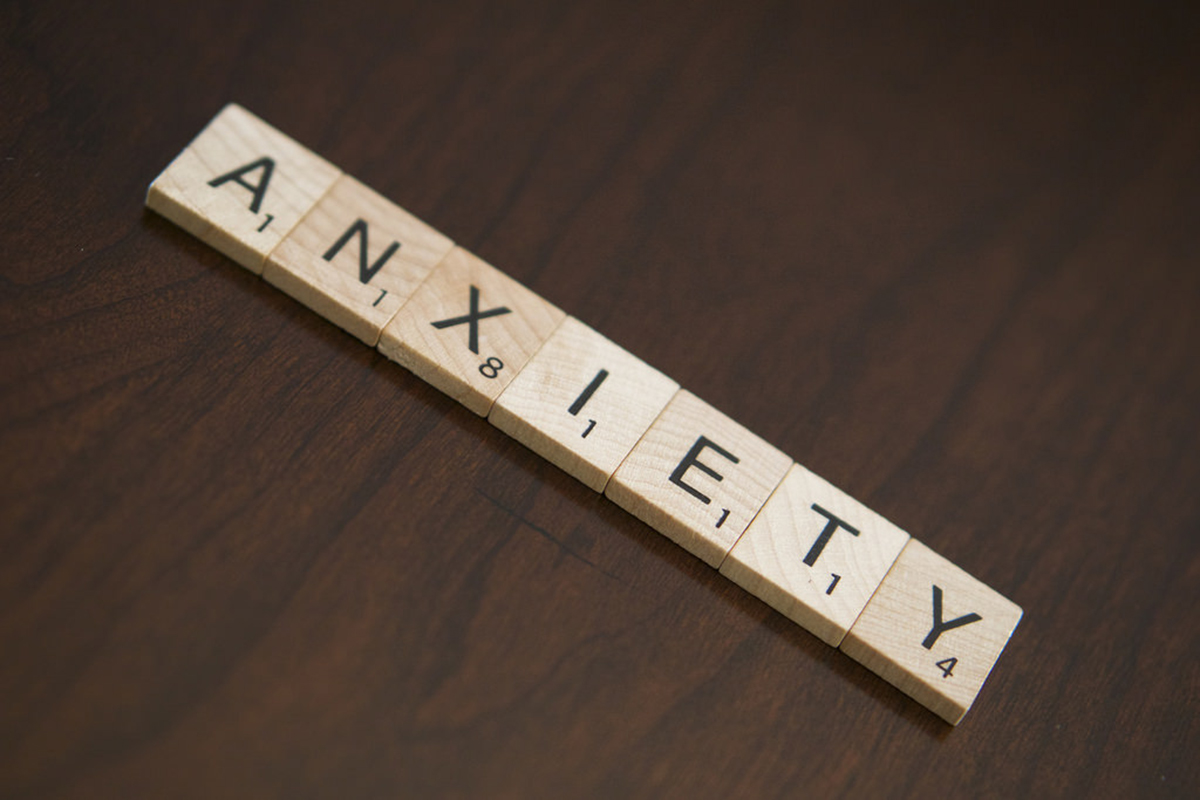Anxiety disorders rob millions of Americans of the quality of life they deserve — and they're so common that almost a third of the US population will be affected at some point during their life, making anxiety disorders the most prevalent type of psychiatric disorder out there today. Not only can anxiety disorders be crippling to the individuals diagnosed with them, they also cost society in the form of disability payments, increased use of healthcare services, and lost working days.

Anxiety disorders are, in short, a serious problem. How do we deal with them? Medication and Cognitive Behavioral Therapy (CBT) have been the two main treatment strategies. They do both come with significant benefits: anti-anxiety medications are quite effective, and CBT has proven benefits as well. Yet 40 percent of those who tried anti-anxiety medications — commonly selective serotonin reuptake inhibitors/serotonin and norepinephrine reuptake inhibitors — found they did not get sufficient relief from their symptoms. CBT, meanwhile, relies on exposure therapy that isn't suitable for every anxiety sufferer, and not everyone feels comfortable with walking into a therapist's office in the first place. There have got to be other alternatives, haven't there?
What Is Cognitive Bias Modification All About?
Cognitive Bias Modification Therapy is a rather new field that has been explored over the last few years. Google it, and you'll find mostly professional literature as opposed to information for lay people, something that gives away just how recent of a development this form of treatment is.
Yiend et al described CMB as follows in the journal Cognitive Therapy Research in 2013: "CBM treatments are more convenient and flexible than other modes of treatment because they do not require meetings with a therapist. They offer the potential for delivery using modern technologies (e.g. internet or mobile phone) and require minimal supervision. They could therefore become highly cost effective and widely accessible. CBM methods are also less demanding and more acceptable to patients than traditional therapies."
They went on to say that "this is because personal thoughts and beliefs are not directly interrogated, and there is no need for social interaction or stigmatizing visits to outpatient clinics. Similarly, patient insight is not required because CBM seeks to target the underlying maintaining cognitive bias directly; therefore, patient engagement is likely to be easier. In sum, CBM methods offer a high gain, low cost treatment option because they can circumvent many of the practical and psychological requirements that disadvantage competing psychological interventions."
See Also: Six Powerful Ways To Combat Anxiety
Fascinating. Here we have a method that's said to be more convenient, less stigmatizing, and also inexpensive. It has been used in people suffering from depression, addictions, and to modify cognitive biases in people who aren't diagnosed with mental health issues as well as in anxiety sufferers. If this form of treatment is indeed as effective as advocates suggest, using the word "revolutionary" to describe CBM is entirely appropriate.
How Does Cognitive Bias Modification Work?
What Are Cognitive Biases?
Before we can look into what CBM is about, we'll have to define "cognitive bias". You may have heard this term used in the context of social psychology. It refers to errors in thinking that occur in all human beings, errors they are frequently completely unaware of. These biases prevent us from seeing reality objectively. Since we're all human, nobody is exempt, but our biases do differ.

Examples include:
- Seeing information that appears to be in line with our worldview as more reliable, while dismissing information that appears to come from sources we think we disagree with.
- A preference for the status-quo, which leads us to be loyal to certain shops, restaurants, or brands for instance.
- Group-think, which makes us want to be closer to people we already perceive to be part of our group, while excluding others.
- The "bandwagon effect", which makes us want to do what everyone else is doing.
- Negativity bias, which means we focus on the bad rather than the positive. This is particularly relevant to anxiety sufferers.
In CMB, you'll hear talk of "attention bias" as well as "interpretation bias". The first refers to what people focus their attention on. CMB seeks to teach those who suffer from anxiety to focus their attention away from negative aspects of a situation, using the premise that focusing on negativity or danger will almost always enable you to see these things (which can then be blown out of proportion). By seeing the big picture rather than zooming in on the negative, someone can find relief from anxiety.
Interpretation bias, meanwhile, refers to the way in which people interpret the things they see in their environment. Interpreting a situation or impulse that is, in itself, ambiguous or neutral in nature as negative can lead to more anxiety, and the subsequent feedback from the environment can increase that negativity. Cognitive Bias Modification seeks to steer people away from these "self-fulfilling prophesies", then.
So, How Does It Actually Work?
You already know that Cognitive Bias Modification is said to be inexpensive, doesn't require the constant attention of a mental health professional and even eliminates the need to go to a clinic. That sounds rather weird, until you hear that CBM tends to be delivered through computer programs. Users have described these programs as similar to "repetitive computer games", and warn that you may not understand the purpose at all at first.
These computer programs use a type of dot-probe task to alter underlying biases subconsciously. Law enforcement is one example of a context in which the dot-probe task has been used to identify biases: users can be exposed to two images simultaneously, and upon their disappearance be asked to identify the moment at which they see a small dot on the screen. It has been found that these programs determine racial biases in law enforcement officers. CBM goes a step further and works not just on identifying the bias (in this case anxiety-related biases), but also seeks to modify them.
See Also: Cognitive Behavioral Therapy: Exercises You Can Do At Home Without A Therapist
That leaves only one question: does CBM work? According to a 2015 meta-analysis of 49 trials, "effect sizes were small considering all the samples, and mostly non-significant for patient samples". The conclusion was as follows: "CBM may have small effects on mental health problems, but it is also very well possible that there are no significant clinically relevant effects. Research in this field is hampered by small and low-quality trials, and by risk of publication bias. Many positive outcomes are driven by extreme outliers."
- Photo courtesy of sinclair.sharon28 via Flickr: www.flickr.com/photos/128745475@N07/17360676006
- Photo courtesy of Joris_Louwes via Flickr: www.flickr.com/photos/jorislouwes/6921257085


Your thoughts on this